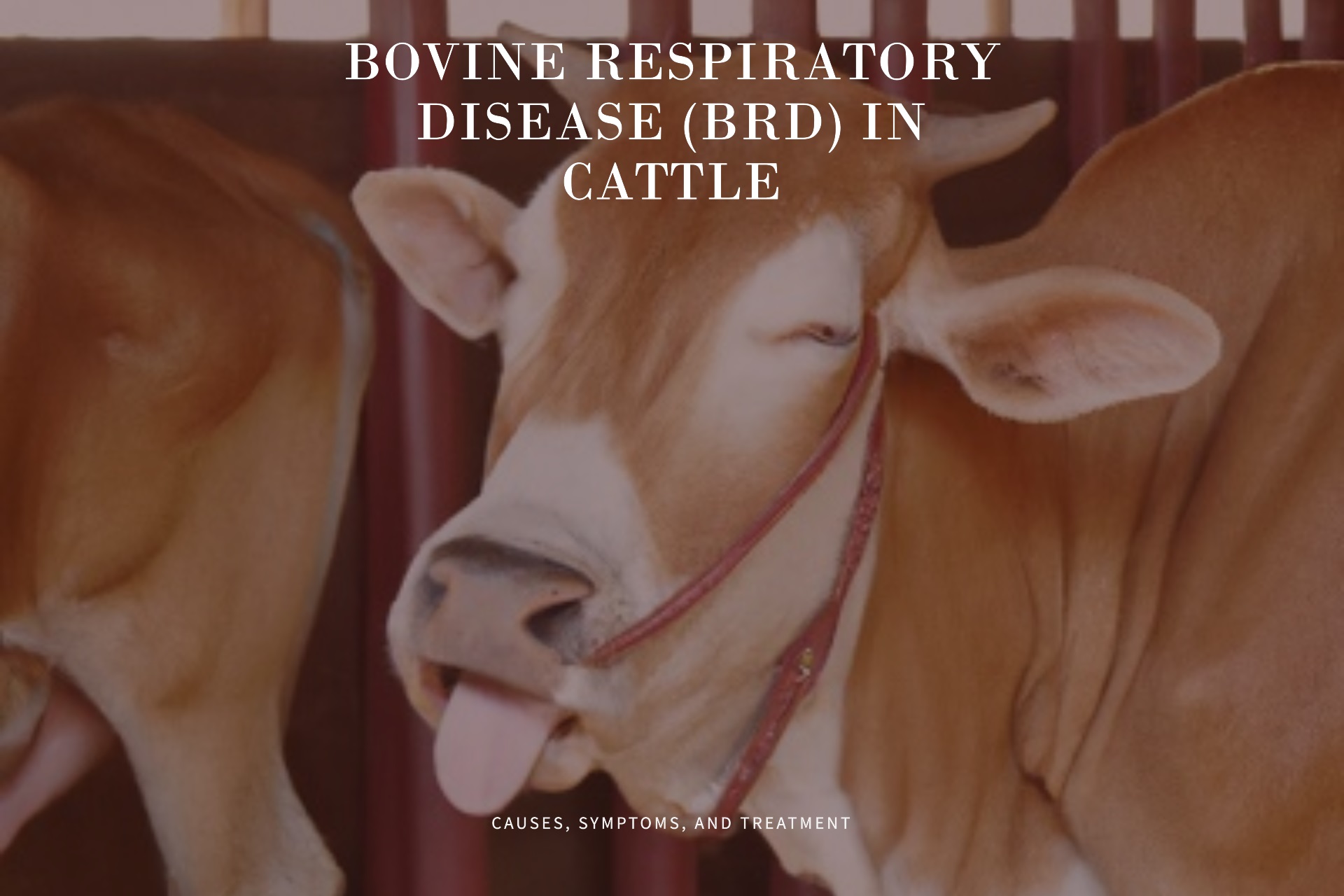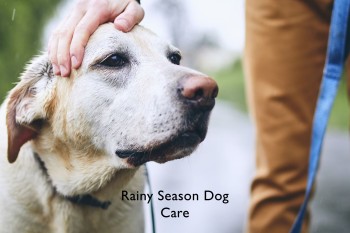Understanding Bovine Respiratory Disease (BRD) in Cattle: Causes, Symptoms, and Treatment
Bovine Respiratory Disease (BRD), also known as shipping fever, is a common respiratory disease affecting cattle. It is a major concern for the livestock industry as it causes significant economic losses due to reduced productivity, increased treatment costs, and high mortality rates. In this article, we will discuss the definition, etiology, epidemiology, transmission, signs and symptoms, lesions, diagnosis, treatment, and prevention control of BRD.
Definition: BRD is a complex respiratory disease that can be caused by viral, bacterial, or fungal pathogens. It is characterized by inflammation of the lower respiratory tract and can result in bronchopneumonia or interstitial pneumonia.
Etiology: BRD can be caused by a variety of pathogens including:
Viruses: Bovine respiratory syncytial virus (BRSV), Infectious bovine rhinotracheitis virus (IBRV), Bovine viral diarrhea virus (BVDV)
Bacteria: Mannheimia haemolytica, Pasteurella multocida, Histophilus somni, Mycoplasma bovis
Fungi: Aspergillus fumigatus, Mucor spp.
Epidemiology: BRD is a common disease affecting cattle worldwide, especially in feedlot and dairy operations. The incidence of BRD is higher in the winter months due to the stressors associated with cold weather, such as increased humidity and lower air quality. The risk of BRD is also higher in animals that are transported long distances or commingled with other animals.
Transmission: BRD is primarily transmitted through the inhalation of infectious droplets or aerosols from infected animals. Direct contact with infected animals, contaminated feed and water sources, or equipment can also contribute to the spread of the disease.
Signs and symptoms: The clinical signs of BRD can vary depending on the severity of the infection, but commonly include:
Coughing
Nasal discharge
Rapid or labored breathing
Fever
Depression or lethargy
Decreased appetite
Weight loss
Lesions: Post-mortem examination of animals with BRD may reveal lesions in the lungs and bronchi, which can include:
Consolidation of lung tissue
Pleurisy
Fibrinous exudates in airways
Enlarged lymph nodes
Diagnosis: Diagnosis of BRD is typically based on clinical signs, history, and post-mortem examination. Laboratory tests, such as bacterial culture and sensitivity testing, can also aid in identifying the causative agent.
Treatment: Treatment of BRD typically involves the use of antimicrobial drugs, such as antibiotics or antifungal agents, to control the bacterial or fungal infection. Supportive care, including anti-inflammatory medications, fluids, and nutrition, may also be necessary to aid in recovery.
Prevention and control: Prevention and control of BRD involves a combination of management practices and vaccination programs. Management practices may include reducing environmental stressors, providing adequate nutrition, and reducing exposure to infected animals. Vaccination programs may include administering vaccines against the viral and bacterial pathogens associated with BRD.

















